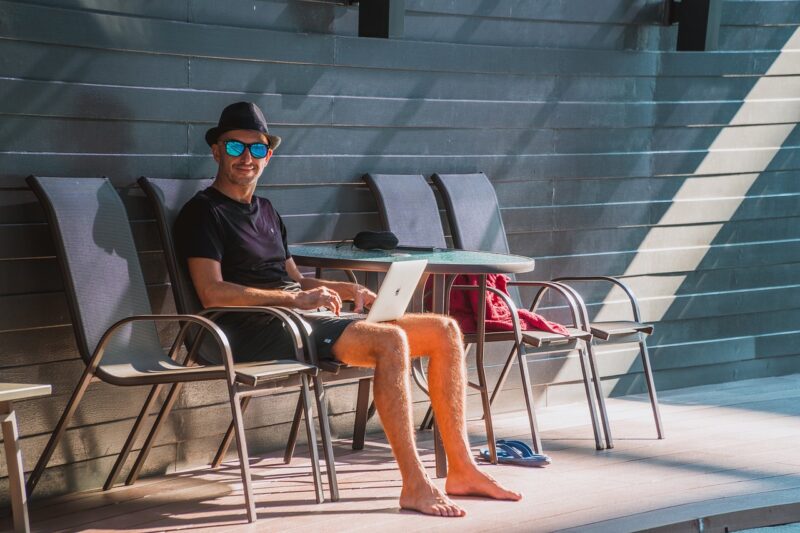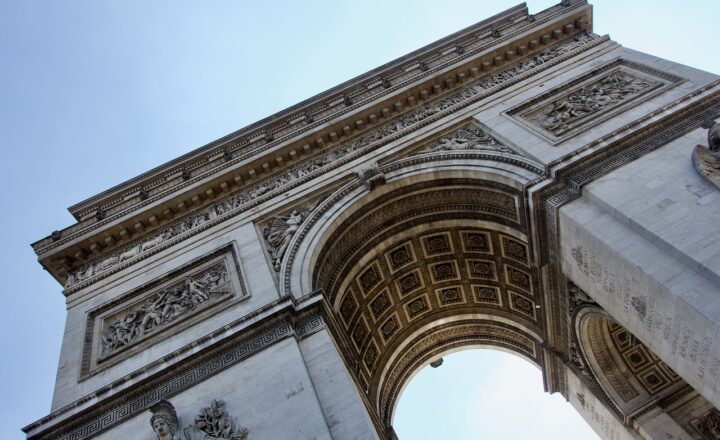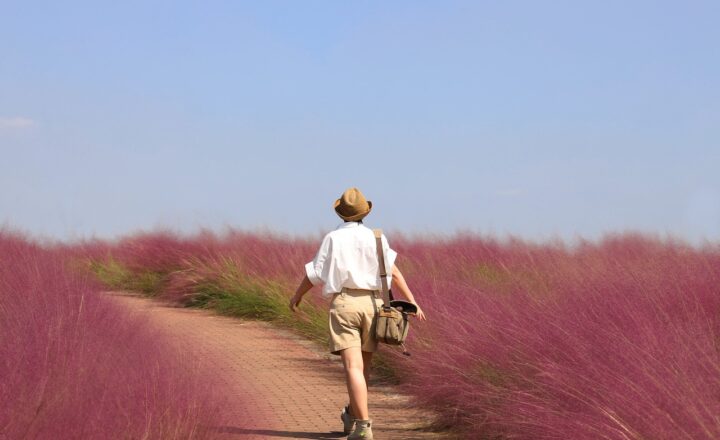
Islands have always held a mystical allure for explorers, vacationers, and nature lovers alike. However, some islands remain undiscovered, hidden from the prying eyes of modern civilization. These untouched gems, often ruled by nature, provide a glimpse into a world free from the noise and haste of urban living. In this article, we will embark on an expedition to explore some of the most fascinating hidden islands across the globe—where time seems to stand still and the beauty of nature reigns supreme.
1. Bouvet Island: The Most Isolated Island in the World
Located in the South Atlantic Ocean, Bouvet Island is often referred to as the most remote island on Earth. Discovered in 1739, it is situated approximately 1,600 kilometers from the nearest landmass, Antarctica. As a result of its extreme isolation, the island is largely covered in glaciers and lacks permanent human habitation.
This fascinating island is a volcanic remnant and has a unique ecosystem that supports various species of seabirds and seals. The harsh conditions make Bouvet uninhabitable, but its breathtaking vistas of ice and rock formations capture the imagination of adventurers and scientists alike.
2. North Sentinel Island: Home to the Last Indigenous Tribe
North Sentinel Island, part of the Andaman and Nicobar Islands in the Bay of Bengal, is one of the most controversial hidden islands. The island is home to the Sentinelese, a tribe that has resisted contact with the outside world for thousands of years. The Indian government has declared the island off-limits to outsiders, granting it a protected status in order to preserve the Sentinelese way of life.
The Sentinelese are known for their fierce defense of their territory, often repelling intruders with bows and arrows. Their profound sustainability practices, reliance on fishing, and gathering hint at a deeply rooted connection to their island home that may offer lessons to the modern world about living in harmony with nature.
3. Tristan da Cunha: The Most Remote Inhabited Archipelago
Tristan da Cunha is located in the South Atlantic Ocean and is renowned for being the most remote inhabited archipelago in the world. The main island has a small population that lives in the village of Edinburgh of the Seven Seas, founded in 1816. This isolated community is surrounded by dramatic cliffs and stunning landscapes, showcasing volcanic craters and lush vegetation.
Despite its isolation, Tristan da Cunha has a vibrant local culture that stems from its history. The residents rely on fishing and farming for sustenance, and their unique way of life reflects a mix of traditions, including the art of storytelling and music. Visitors can experience the breathtaking beauty of this archipelago while respecting the island’s commitment to preserving its serene environment.
4. The Pitcairn Islands: A Haven of Calvary and Mystery
The Pitcairn Islands are located in the Pacific Ocean and are famous for being the home of the descendants of the mutineers from the HMS Bounty. Only four of the islands are inhabited, with a total population of around 50 residents on Pitcairn Island itself. The islands are characterized by turquoise waters, stunning cliffs, and tropical vegetation, offering a serene escape for those seeking solitude.
Pitcairn’s history is as colorful as its natural beauty, with a rich narrative that evokes tales of rebellion and survival. The island’s residents live in harmony with nature, relying on fishing and their homesteads for sustenance. While there are no hotels or resorts, travelers willing to make the trek to these islands will find a welcoming community and an abundant natural landscape that feels untouched by time.
5. Cocos (Keeling) Islands: A Tropical Paradise
The Cocos (Keeling) Islands, located in the Indian Ocean, present a postcard-perfect paradise characterized by stunning beaches, lush palm trees, and crystal-clear lagoons. Comprising 27 small islands, only two of which are inhabited, this tropical archipelago remains hidden from the hustle and bustle of mainstream tourism.
With a local population consisting mainly of Cocos Malays, the islands feature a unique blend of cultures, traditions, and cuisines, all wrapped in an atmosphere of tranquility. Of its numerous uninhabited islands, paddling along the soft sands or snorkeling in vibrant coral reefs can make one feel as if they have stepped into a world that has not been influenced by modern civilization.
Conclusion
There is a poignant beauty in these hidden islands that remain untouched by modern civilization. They serve not only as sanctuaries for wildlife but also as reminders of the serenity and simplicity that many of us seek but often overlook in our fast-paced lives.
By exploring these hidden oases, we can better appreciate the importance of conserving our planet’s natural beauty and learning from the cultures that have thrived for centuries without the interference of technological progress. As you plan your next adventure, consider the allure of these untouched islands as a chance to reconnect with nature, discover unique cultures, and embrace the tranquility of life in its purest form.







